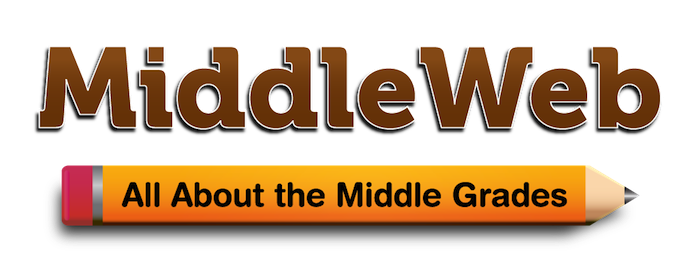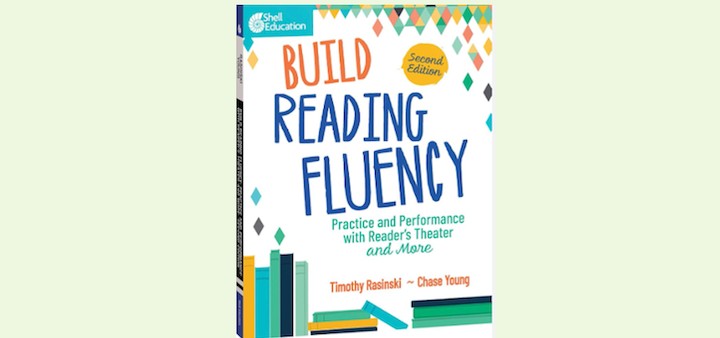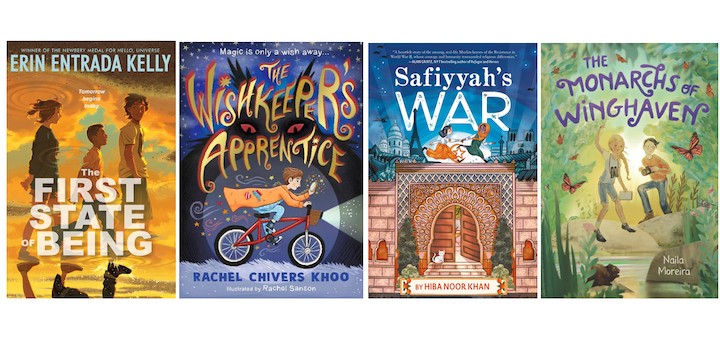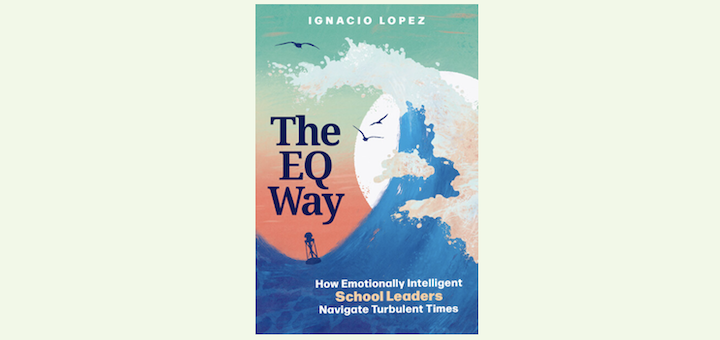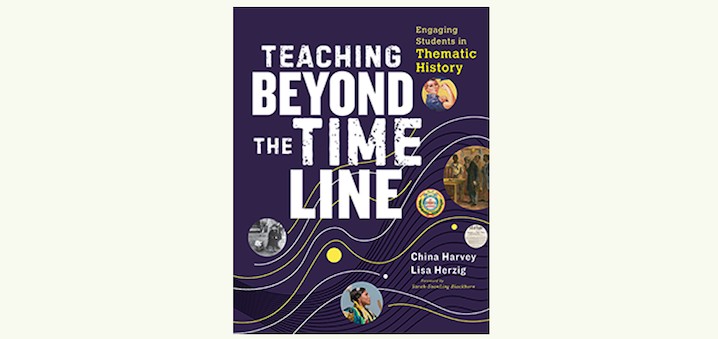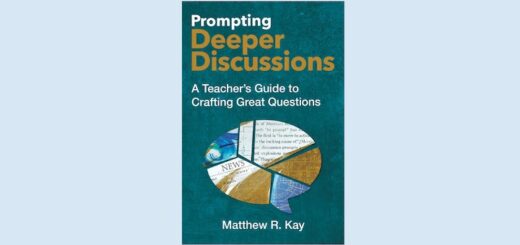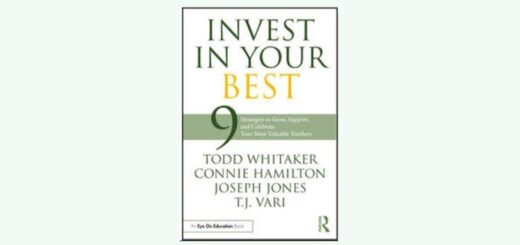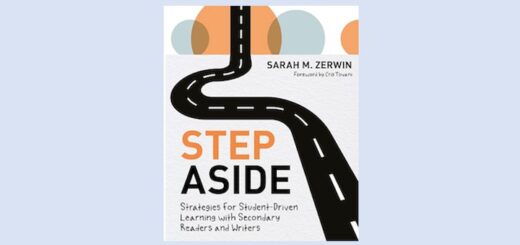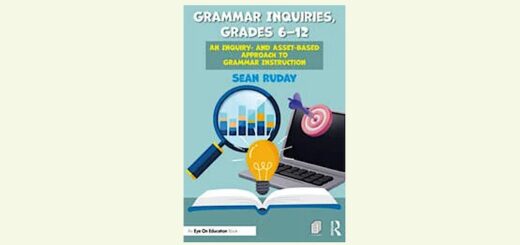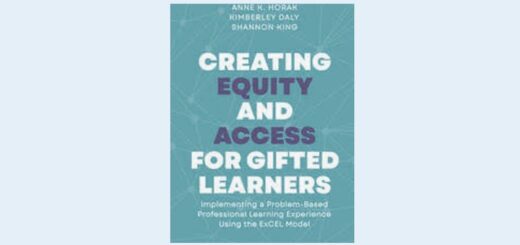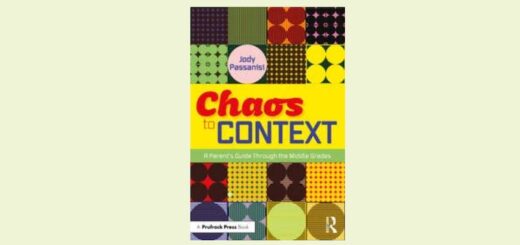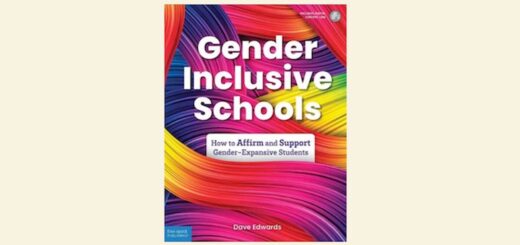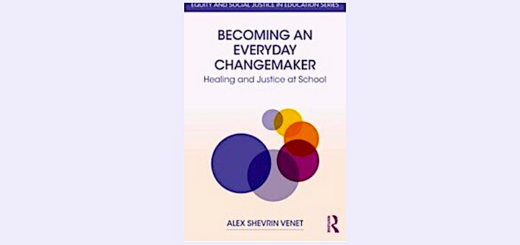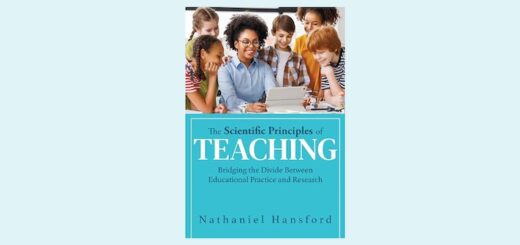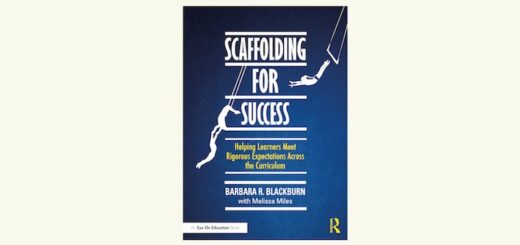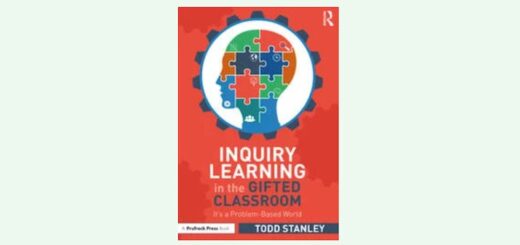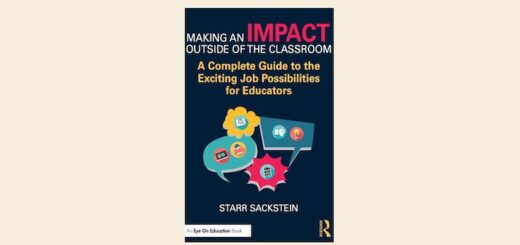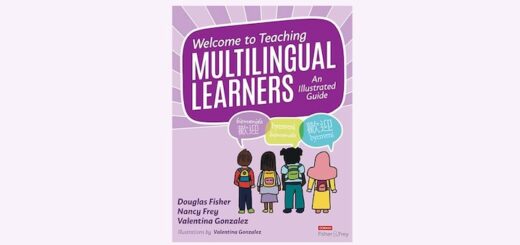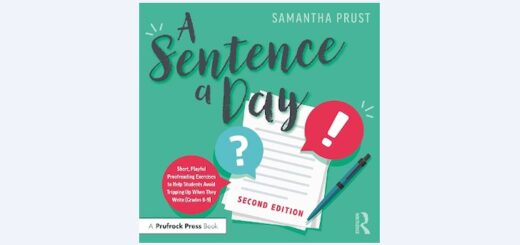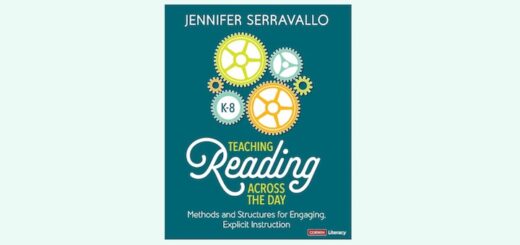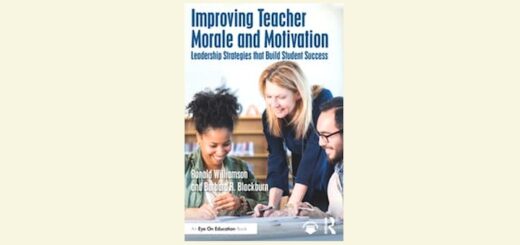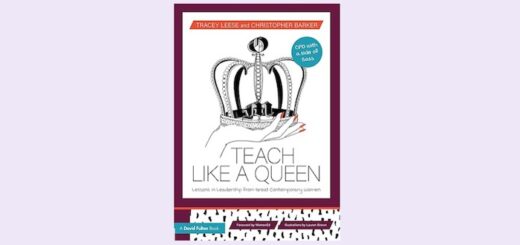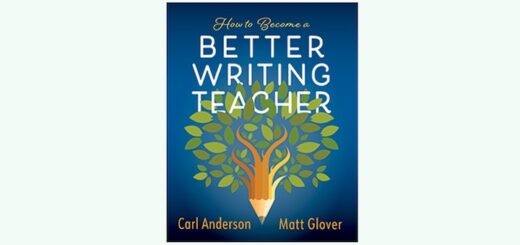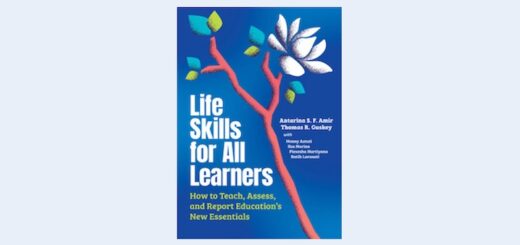Teaching and learning in grades 4-8
Michelle Russell knows the back-to-school rush. So this year she’s found first weeks activities that are low on preparation and high on introducing math, sharing fun, setting the tone for the year, and helping students feel comfortable. Best of all: she shares her favorite finds!
So much to do! As teachers in grades 4-6 enter their first classrooms, Kathleen Palmieri offers keys to getting started. She includes accessing mentors, keeping track of planning, Google tools, engaging students, finding sources for class libraries and décor, and self-care.
Who will be coming in your door this fall? Upper elementary? Slightly older kids who sometimes feel childish and at other times want to be treated as adults? Here are MiddleWeb’s back-to-school strategies from educators that can help make all of your new students feel welcome!
“Build Reading Fluency: Practice and Performance with Reader’s Theater and More” by Timothy Rasinski and Chase Young is a great resource to connect reading instruction, assessment and joy by sharing both the research and the practice, writes educator Claire Stein.
2024 is another fantastic year for new middle grades books with many more titles to come in the next few months. ELA teacher Kasey Short introduces titles for school and class libraries that are sure to appeal to your students. Fantasy, immigration, science, WW II, and more!
In Julie Hasson’s annual back to school dream, she’s trying to organize thousands of rubber ducks in a rushing river. Fortunately she has strategies for dealing with that sense of being overwhelmed. They begin with a well-sorted to-do list and a focus on realistic optimism.
Ignacio Lopez writes that effective school leaders must possess five elements of emotional intelligence: self-awareness, self-regulation, motivation, empathy and social skills. All five must be used to implement decisions reached with disparate input and centered on students.
We know group work can help middle schoolers learn, but what about their concerns? Who does what? How do they meet outside of class? How will they be graded? Laurie Hornik details four ways teachers can amplify the positive effects of group work and minimize the negative ones.
All students need excellent instruction every year of their school experience to reach their potential, writes principal coach Matt Renwick. That’s why an instructional framework is so important for a building team to select or develop and for a faculty to commit to as a school.
In Teaching Beyond the Timeline, China Harvey and Lisa Herzig show how to make history more relevant, exciting and connected to the present by using thematic history that integrates chronology. Sarah Cooper enthusiastically recommends sharing the book and its friendly intricacy.
